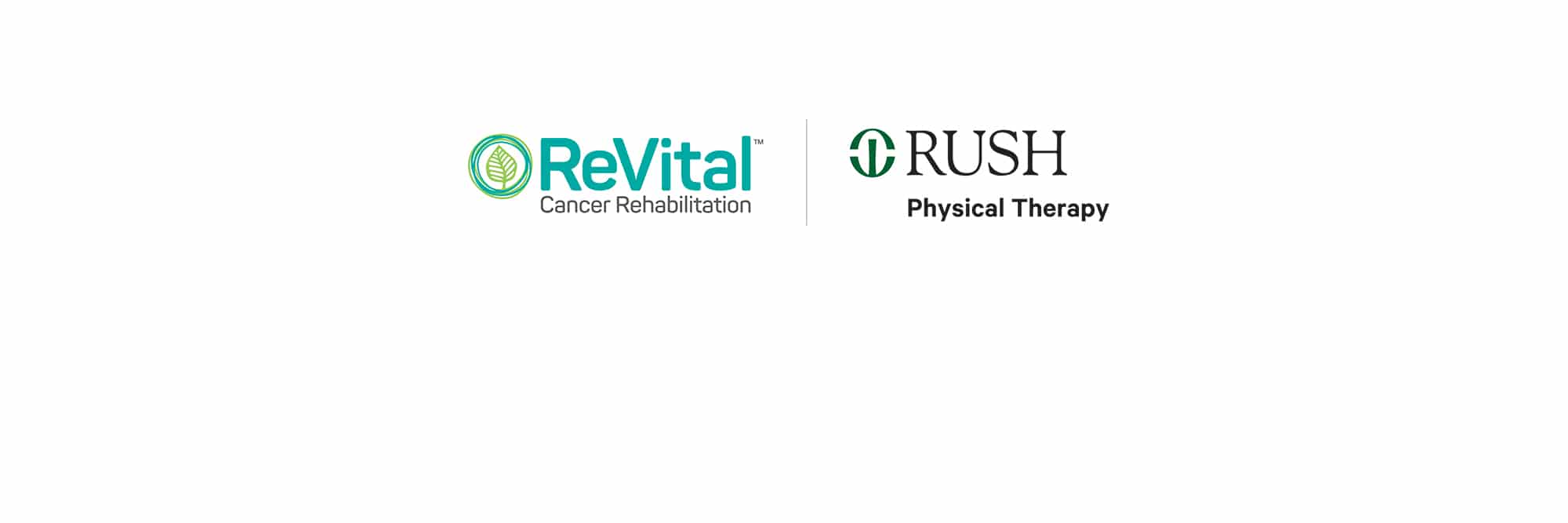


And some tile backer boards also address this problem, while others only pretend to address it. Excessive moisture tended to become trapped in the shower wall causing some serious problems.Įventually some great waterproofing products and strategies were introduced to address the moisture/ vapor transmission problem. In other words, these early backer boards didn’t hold up well to the moisture exposure of a typical old-school shower.Īlthough the problem of swelling/ deflection in the backer board was largely solved, the negative implications of vapor/ moisture transmission through the shower wall were not fully understood for a long while after cement backer board was introduced.Įventually they realized that with todays modern “air tight” homes, moisture that entered the structure was not dissipating as it was in older homes. This led to a cascade reaction of movement, grout line cracking, and more moisture entering the wallboard.Īnd with moisture and warmth also came mold growth and still further deterioration. With no waterproofing membrane, the wallboard absorbed significant moisture, causing it to swell and became more flexible.

Moisture behind the tile assembly caused a few major issues. It wasn’t long before it was discovered that a significant amount of moisture passes through tile and grout, especially ceramic tile and unsealed cementitious grout. It was used everywhere in the home including the shower.ĭrywall was considered to be an adequate shower tile substrate because tile and grout was assumed to be mostly waterproof. In the early days, gypsum wall board was created to replace the very labor-intensive lath and plaster walls, and became the dominant wall board in the 1950’s.


 0 kommentar(er)
0 kommentar(er)
